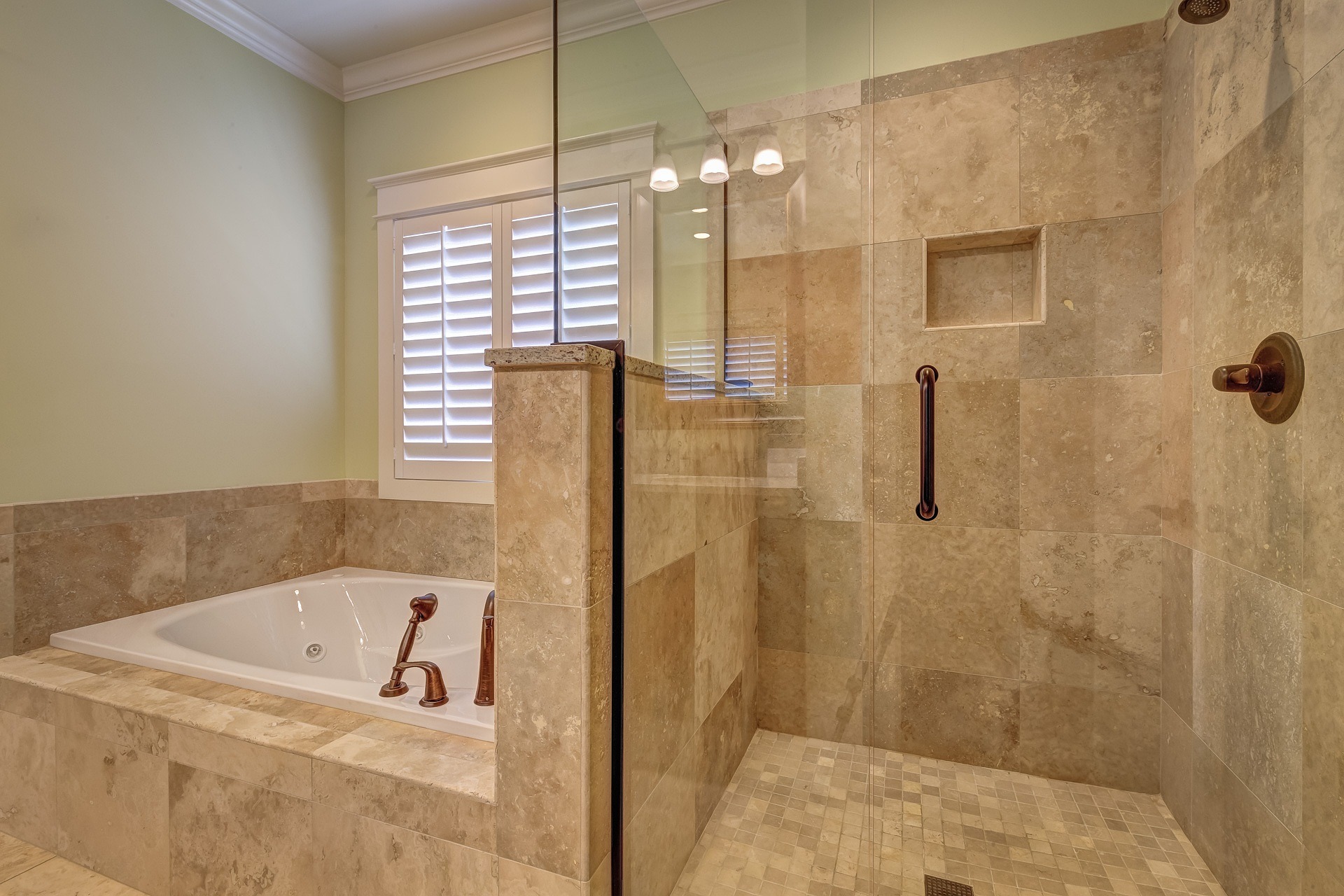Choosing durable tile and glass for long-lasting shower surfaces
A long-lasting shower starts with durable tile and appropriate glass choices. This overview highlights how material selection, proper waterproofing, and thoughtful details like drainage, fixtures, and ventilation contribute to surfaces that resist wear and moisture. Practical considerations for accessibility, curbless designs, and budget balance are included to help guide renovation planning.

A durable shower surface depends on coordinated choices: the right tile body and finish, appropriate glass thickness and treatment, reliable waterproofing, and attention to drainage and ventilation. These decisions influence maintenance, safety, and how long the surfaces retain their appearance and performance. This article explains material options and installation considerations relevant to bathroom renovation projects and to homeowners evaluating local services or planning a remodel.
How does tile choice influence bathroom durability?
Tile material, size, and finish affect longevity in a bathroom environment. Porcelain tiles are dense and low-absorption, making them resistant to moisture and staining; natural stone can be durable but often needs sealing. Large-format tiles reduce grout lines, lowering areas where water and grime accumulate, but require properly flat substrates to avoid lippage. Glazed finishes hide wear better than matte in high-traffic showers, while anti-slip textures help safety. During renovation, match tile type to expected use and maintenance capability and coordinate substrate preparation and waterproofing for lasting performance.
What glass types suit long-lasting shower surfaces?
Tempered safety glass is standard for shower doors and panels because it breaks into small, less dangerous fragments if it fails. Thicker glass (usually 3/8” to 1/2”) provides rigidity and resists flexing over time; laminated glass adds an inner interlayer for extra safety in some applications. Glass treatments such as hydrophobic coatings reduce water spotting and mineral deposition, simplifying upkeep. Frameless or semi-frameless options rely on precision installation and compatible hardware; match glass choice with fixtures, expected cleaning routines, and the bathroom’s ventilation to minimize long-term issues.
How does waterproofing and drainage protect tiles?
Effective waterproofing and proper drainage are fundamental to tile longevity. A continuous waterproof membrane behind tile prevents moisture migration into the structure; these membranes can be sheet-applied or liquid-applied depending on the substrate and installer preference. Sloping the shower floor correctly toward a reliable drain keeps water moving instead of pooling, and selecting drain styles compatible with tile thickness enhances aesthetics and function. Flashing and sealed transitions at curbs and penetrations reduce leak risk. Combining professional waterproofing methods with routine inspection helps avoid costly water damage and tile failure.
How do fixtures, lighting, and ventilation affect longevity?
Fixtures and environmental controls influence how materials age. Corrosion-resistant fixtures cut down on staining and metal degradation near tile and grout lines. Adequate lighting reveals surface issues early, enabling timely cleaning and repairs. Ventilation removes excess humidity that accelerates grout and grout sealant breakdown and limits mold growth; an exhaust fan sized for the bathroom and properly ducted outdoors is essential. During renovation, choose fixtures and finishes that tolerate humid conditions, and integrate lighting and ventilation plans to preserve surfaces over time.
What accessibility and curbless design considerations matter?
Curbless showers and accessible layouts are increasingly popular but require additional planning to protect tile and glass longevity. Curbless or barrier-free entries demand precise floor slope and often a linear drain placed to handle high flow while maintaining a minimal threshold. Waterproofing transitions must be continuous across the threshold to avoid hidden leaks. Glass panels used in curbless designs should be installed with appropriate seals and supports to resist movement; consider slip-resistant tile or integrated grab-bar-friendly layouts when accessibility is a priority. Thoughtful detailing prevents moisture intrusion while delivering a usable, long-lasting space.
How to balance budget and materials in renovation?
Balancing budget and material choices involves prioritizing components with the greatest impact on longevity. Investing in a quality waterproofing system and proper drainage installation usually yields better long-term value than the most expensive decorative tile. Mid-range porcelain tiles paired with a hydrophobic glass coating and corrosion-resistant fixtures often provide durable results at reasonable cost. When selecting local services, compare installers’ experience with waterproofing and tile installation rather than only material price. Plan for periodic maintenance costs, for example grout sealing and ventilation upkeep, so the renovation budget reflects both upfront and ongoing needs.
Conclusion
Durable shower surfaces rely on complementary decisions: choose tile and glass that suit the wet environment, prioritize continuous waterproofing and proper drainage, and specify fixtures, lighting, and ventilation that reduce deterioration. Accessibility and curbless options are achievable with careful slope and drainage planning. Combining sensible material selections with professional installation and a realistic budget for maintenance supports shower surfaces that remain functional and attractive over time.





